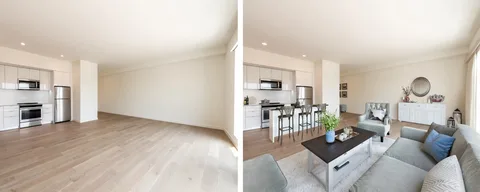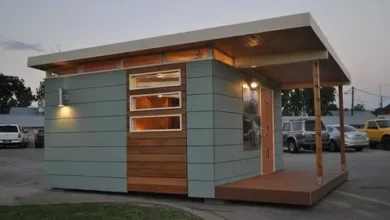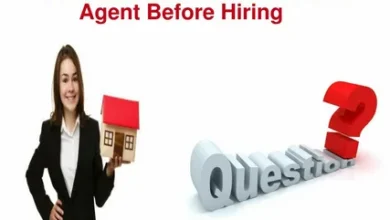Virtual Staging vs Traditional Staging: Which One Sells Homes Faster?

Home selling is a business of numerous little decisions. Two different staging techniques are distinguished: virtual staging and traditional staging. They both assist the buyers in envisioning living in a space, but they do it differently and influence the speed of selling a home. This paper will juxtapose them in order to make a seller or agent knowledgeable on the best course of action.
What each method looks like
Conventional staging gives the house real furniture, carpets, and decorations. Movers position the things, photographers capture the rooms, and open houses display the physical set-up.
Virtual-staging involves the use of software to give photos of empty or old rooms, furniture, and decor. The designers will adjust images to make them appear as a furnished room on the internet. Other tools involve virtual staging AI to accelerate edits and generate a variety of styles.
Impact of staging on time to market
Staging accelerates the sales process as it assists the purchaser in making a decision quickly. The conventional staging may be effective in the case of luxury listings and model houses. It gives it a touch that is real and tangible, which is desirable to some buyers. Nevertheless, the classical performance is more time-consuming. You have to hire furniture, delivery, and you have to prepare the house to be photographed. Such chores may take weeks or days to list.
Online staging is quicker. You snap photographs, email them to a designer or a service, and receive completed images in a few days or even hours. Virtual staging has a definite advantage in time with respect to listing quickly. Keep in mind that realistic images and sincere descriptions must be used so that buyers will not feel tricked.
Cost and ROI
Customary staging can be more expensive as it includes rental charges, delivery and set-up. The sellers even spend hundreds to thousands of dollars. It can be worth the cost should it cause a decrease in the selling time in weeks and increase in the final price.
Virtual staging costs less. Various applications will enable you to use design virtual-staging on photos at a very cheap cost. The lower price also allows the low budget sellers to create attractive listings and experiment with different styles without additional rental costs.
Buyer behavior and reach
The buyers start their search online. Virtual home staging aims for that initial impression. A staged image should result in more clicks and showing,s as well as reduce the number of cycles to sell.
The face-to-face visits are a traditional staging winning moment. As customers browse through a fitted room, they feel an emotional attachment. The houses that are ready to move can get quicker offers as they are desired to have a turnkey experience by buyers.
When both of the approaches sell quicker.
Choose virtual-staging when:
- You need a quick listing.
- You want lower upfront cost.
- You desire different styles to choose amongst various kinds of buyers.
Traditional staging should be used when:
- The house is aimed at consumers who attach importance to physical appearance.
- A higher asking price can be explained by the model-home appearance.
- You would have numerous traditional tours as well and want the room to be real.
Checklist guide to sellers (practical)
- Use good lighting and capture good photos.
- When virtual staging is used, ensure that the edits are natural and fit the room sizes.
- Provided traditional staging, delivery and photos must be delivered long before the listing date.
- Write descriptions on the listing of images in honest way. In case you had virtual-staging, remember that the pictures are in digital form.
- Follow interest and edit: experiment with virtual-staging artificial intelligence in the event that the listing requires additional care.





